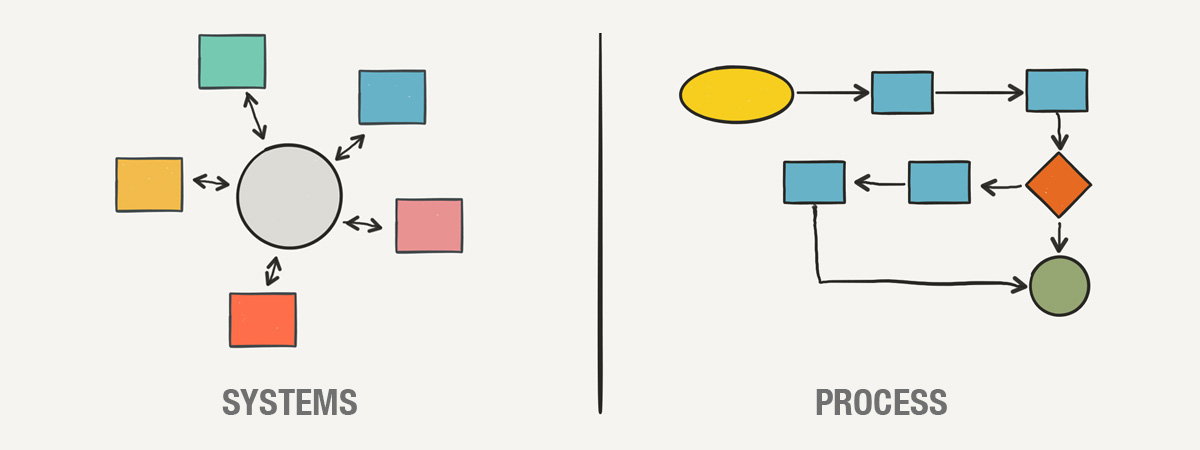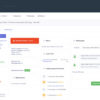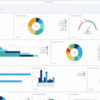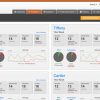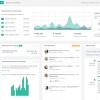
Most people assume that Google knows pretty much every move they make these days, but few really take a moment to consider the true extent of that knowledge. The first step in securing your digital footprint is knowing what that footprint is and who has access to it. Let’s start with Google – the mother of all big brothers. Start folding your tinfoil hats folks.
Timeline & Location
Ok so first up, Google Maps Timeline. Google stores your location history (if you have it turned on). You can see, down to the time of day, exactly where you’ve been and when you where there – as well as how long it took you to get there.
Search History
This is a fun one to explore… your Search History. Google stores your search history across all your devices in an interesting way. The only way to delete all your search history is to do it from EACH DEVICE you searched on. Good luck with that.
Ads
Google stores an advertisement profile about you – what you like, what you don’t like – based on your age, location, gender, hobbies, and pretty much every other data point they have on you.
Apps
Google knows every app and extension you’ve used, when and how often and who with. Assume they know when you go to sleep at night with all this info.
YouTube
Want to know EVERY video you’ve watched on YouTube? Based on that they know your interests, hobbies, religious affiliation, medical issues… on and on and on.
Photos
Every photo you take (if you have it turned on) it happily sitting on Google’s servers along with location, date and time. Oh and there’s facial recognition built in too so it know’s who’s in the pics. Not spooky at all.
Everything Else
What else? Well let’s see… Bookmarks, emails, contacts, Google Drive files, photos, books you’ve read, companies you’ve bought from, products you’ve purchased, etc and on and on.
So Now What
Well not much beyond going back to paper and pencils… but to start, have a look at ALL the data Google has on you. They offer a service called Takeout which lets you export and download a complete archive of your data from Google’s archive. From there you can make some decisions about what data you are OK with sharing and what data you are not. You can selectively enable and disable Google’s access to data if you’re concerned about privacy, which today we should all be. At the very least, you’re now informed which is a start.
I want to thank Dylan Curran for first outlining this information – follow his Twitter, it’s scary 🙂
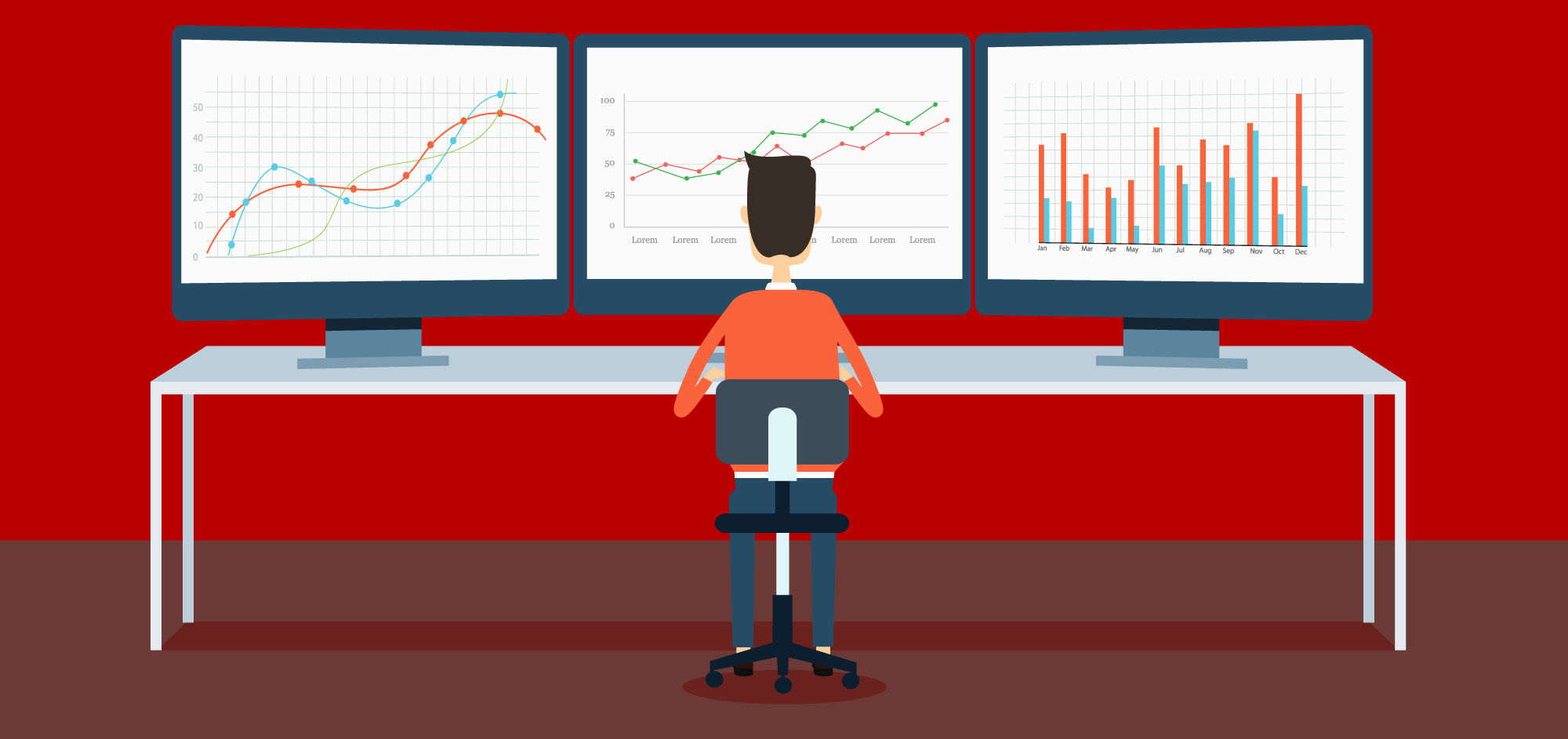

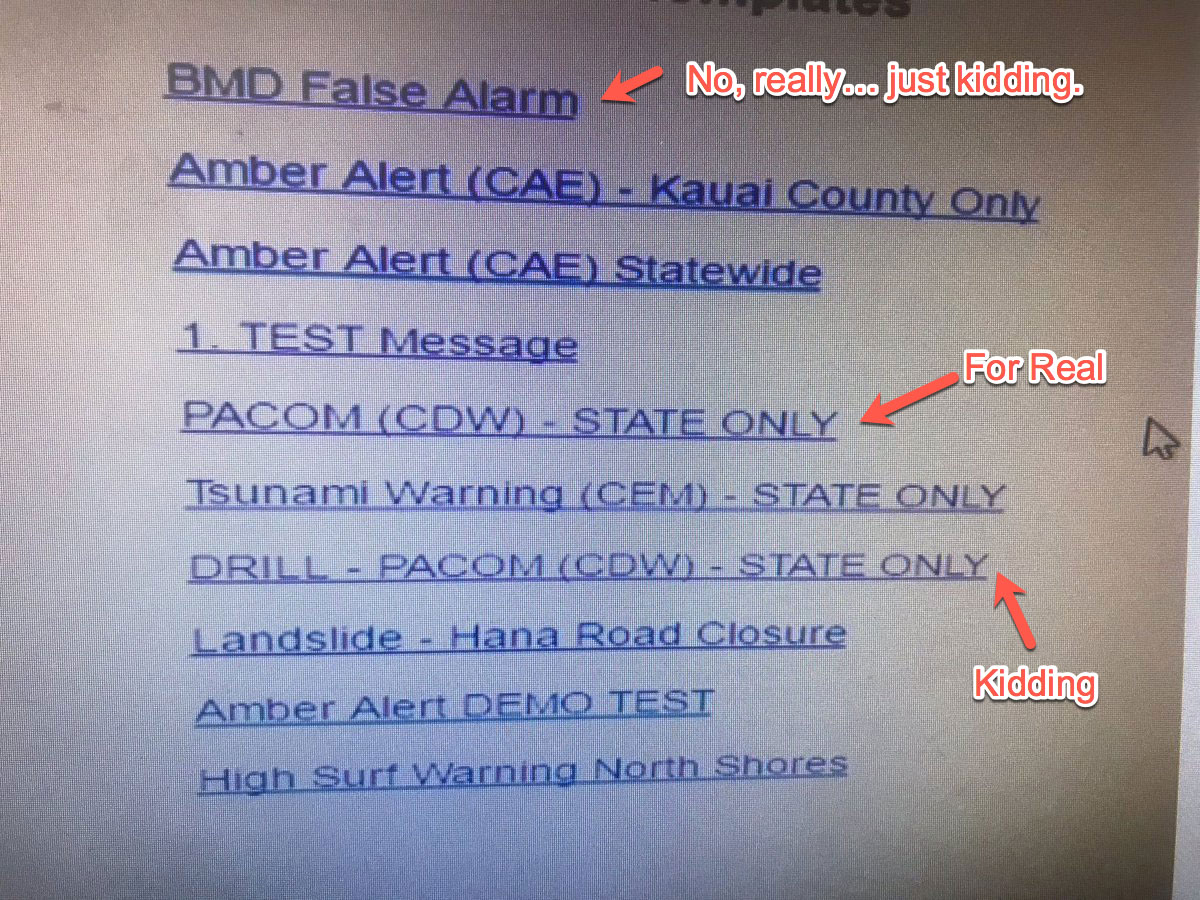
 Just to set the stage… Cyber theft is the fastest growing crime in the United States by far. Cyber crime damage costs are reported to hit $6 trillion annually by 2021. Global security and ransomware damage costs are on track to exceed $5 billion in 2017. That’s up 15x in just 2 years to $325 from 2015… and expected to get much worse. Cheers.
Just to set the stage… Cyber theft is the fastest growing crime in the United States by far. Cyber crime damage costs are reported to hit $6 trillion annually by 2021. Global security and ransomware damage costs are on track to exceed $5 billion in 2017. That’s up 15x in just 2 years to $325 from 2015… and expected to get much worse. Cheers.


